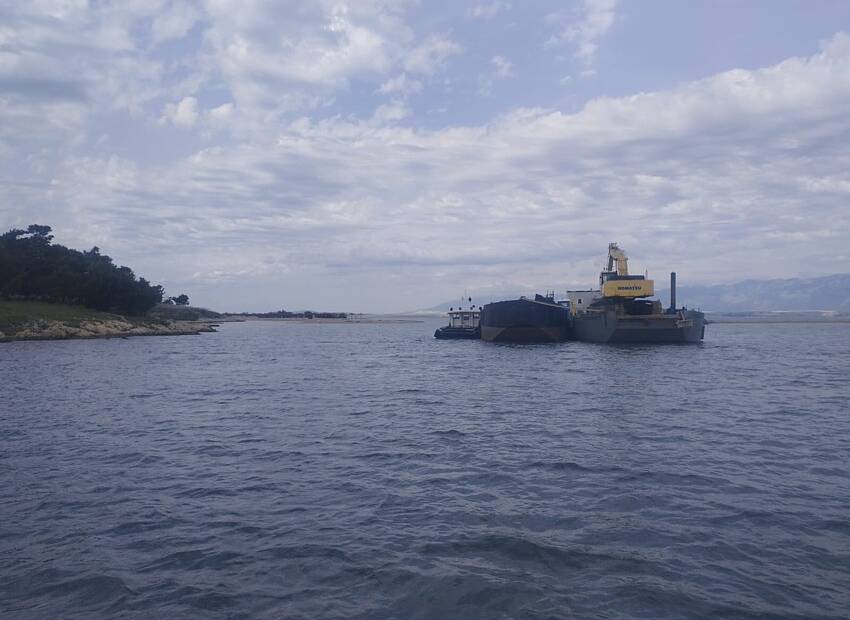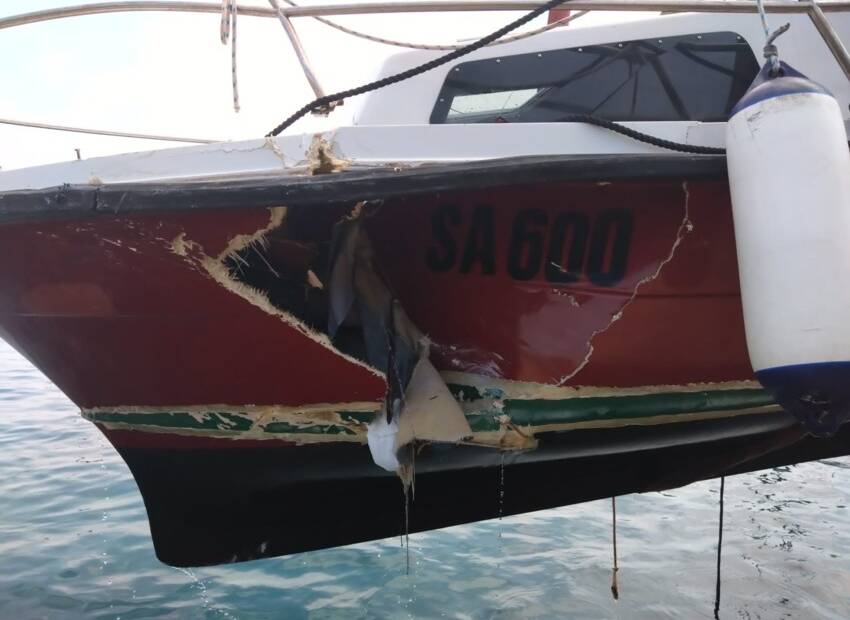With winter approaching, even more advices for winterizing a boat (see the first part):
Supporting Hulls
To say that a boat is better off stored on land is to assume it will be resting on something that provides adequate support. According to one industry expert, three times as many boat hulls are damaged by mishandling ashore than are damaged in the water. Some of the boats on shore are damaged suddenly when they are blown over by windstorms. Many others, however, are damaged slowly because hulls were distorted in storage, creating problems ranging from poor engine alignment to broken stringers and bulkheads.
Other Thru-hulls
Removable knotmeter impellers and depthsounder transducers, if any, should be removed and replaced with locking dummy plugs. And if your stuffing box (where the propeller shaft exits the hull) is dripping, tighten the nut until the dripping stops. (Remember to loosen the nut in the spring, so that you don´t burn up the packing material.) While you´re crawling around back there, check the rudder stuffing box(es) if your boat has one.
Docks and Docklines
Nylon lines stretch and absorb shock, which is good, but this stretching works--chafes--the line against chocks and other contact points. Chafe guards should always be used on lines when the boat is left unprotected for long periods. Ready-made chafe protectors are available from BoatUS, or you can make your own using garden hose or PVC water tubing.
A dockline is usually the culprit when a boat sinks after being caught under a dock. This can occur anytime, but seems to happen more frequently in the winter, probably because of higher winds and exaggerated tides. Docklines and springlines should be used to keep the boat well away from the dock.
Batteries
You may want to leave a battery aboard to operate a burglar alarm or an automatic bilge pump. These are both useful in the winter, but don´t expect an automatic pump to overcome bad deck, cabin, or hull leaks--not in the summer or winter. The pump, battery, or float switch can fail, leaving the boat unprotected. A boat with chronic leaking problems should be dry-stored and repaired ASAP.
If you do leave a battery aboard, make sure the cells are filled with distilled water and fully charged so they don´t freeze. Frozen cells will ruin a battery. Clean the terminals with baking soda, and rinse with cold water. Coat terminals and cables with petroleum jelly to prevent rust. If you don´t need a battery aboard, take it home and do all of the above anyway, preferably sooner than later. Store it in a cool dry room. (by BoatU.S. Media)






















